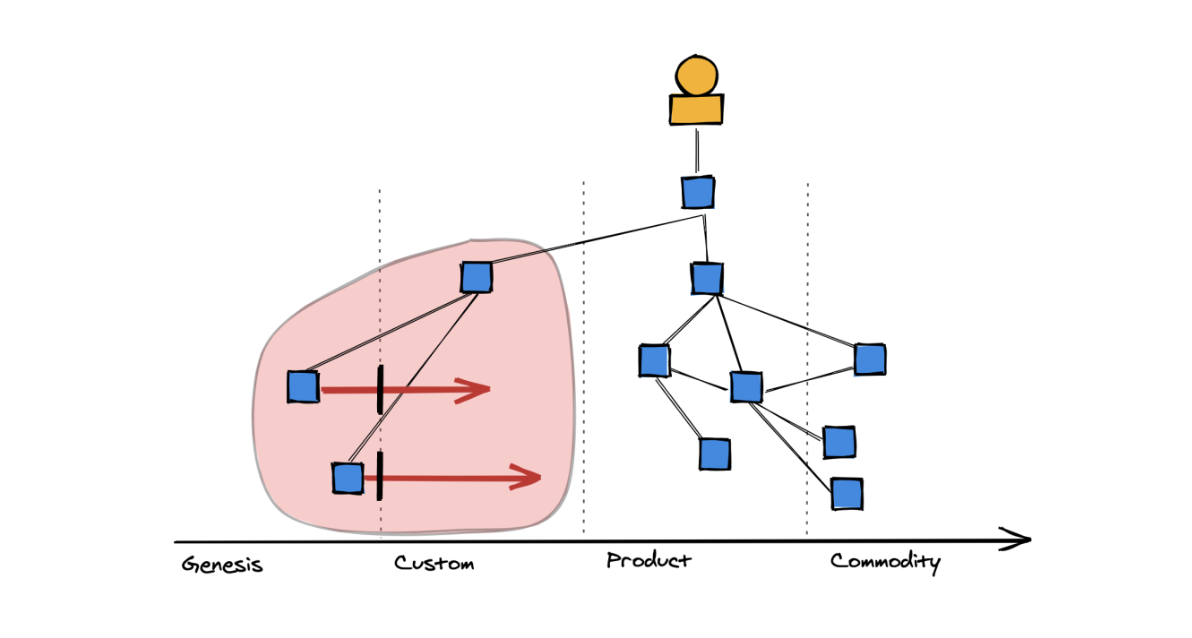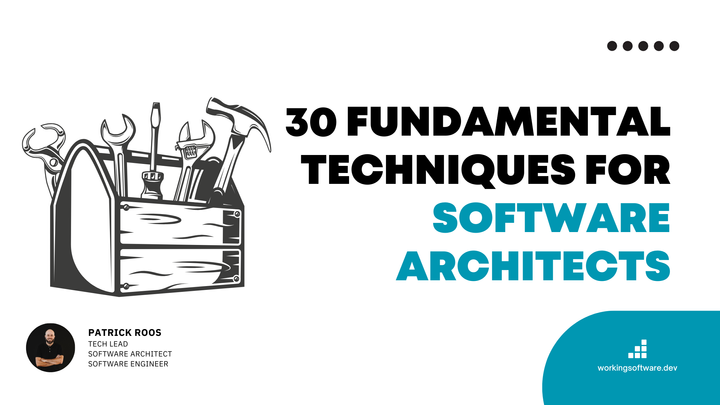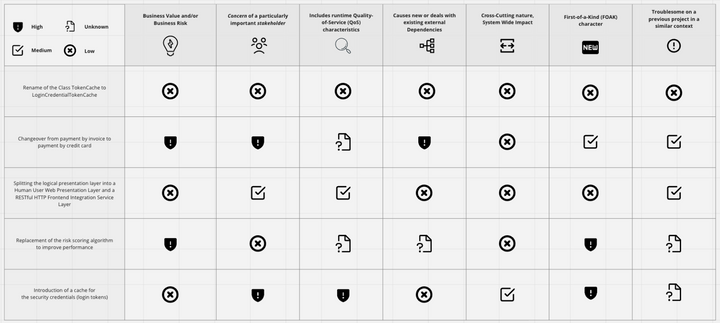🔥 Tech Blips #23.7
In this technology newsletter: Wardley Mapping, Backstage, JSight, SigNoz and Neon.

I'm pleased to bring you the latest Tech Blips, the technology newsletter for CTOs, tech leads, software architects and software engineers - in short, for all technology enthusiasts!
Do you often not know the why of a software initiative or certain strategies create more confusion than clarity? Strategic decisions such as the decision to introduce a new software product are a critical success factor for the profitability of a company! Therefore, it's worthwhile to clearly derive such decisions and to illuminate them from different perspectives. That is why it's worth taking a look at the Wardley Mapping technique, which supports the derivation of business strategies and the resulting decisions.
The more you grow as a tech company, the more chaotic the tech ecosystem you work in becomes. That's why Spotify launched Backstage, software that lets you create a company-wide developer portal where you, as a developer, can find everything in the company's tech ecosystem and, as a CTO or technical lead, easily manage your technologies and elegantly enforce your standards.
Software developers often don't like to document APIs. The OpenAPI specification is one of the most widely used specifications to describe REST APIs. However, the OpenAPI specification comes with some documentation overhead. For example, it takes almost 23 lines of code to describe a simple GET endpoint. JSight minimizes this documentation overhead.
Another technology highlight is Neon. Neon is a scalable, serverless PostgreSQL cloud solution with a free tier. It's worth taking a look at this technology!
I hope you enjoy the newsletter.
Kind regards

Wardley Mapping is a strategic planning technique developed by Simon Wardley that helps organizations understand and visualize the evolution of their business and the competitive landscape in which they operate.

It provides a structured way to analyze and communicate the strategic position of various components or elements of a business and identify focus areas for innovation and competitive advantage.
At its core, Wardley Mapping is based on the idea that everything in a business evolves over time, from genesis (the initial idea or concept) to custom-built solutions to products and services that are widely available and become commodities.
This technique involves creating a map that represents the value chain of a business, starting with user needs and progressing through different stages of evolution.
The resulting Wardley map provides a visual representation of the business landscape, highlighting areas that are highly evolved and commoditized, and areas that are less mature and offer potential for differentiation and innovation.

This helps organizations make more informed decisions about where to invest their efforts, identify areas for cost reduction, anticipate future trends, and plan for competitive advantage.
Wardley Mapping is often used in the context of technology and IT strategy, but its principles can be applied to a variety of industries and domains.
It's a powerful tool for strategic thinking, scenario planning, and fostering shared understanding within organizations.
The ebook of Wardley Mapping is free on Medium.
Backstage is an open platform for building developer portals. With a centralized software catalog, Backstage keeps your microservices and infrastructure organized and enables your product teams to deliver high-quality code quickly - without compromising autonomy.

Backstage unifies all infrastructure tools, services and documentation to create a uniformly optimised development environment.
Out of the box, Backstage includes:
- Backstage Software Catalog for managing all your software like microservices, libraries, data pipelines, websites, and ML models
- Backstage Software Templates to quickly launch new projects and standardize your tools with your company's best practices
- Backstage TechDocs makes it easy to create, maintain, find and use technical documentation with a "docs like code" approach
Benefits of Backstage:
- For engineering managers: It allows you to maintain standards and best practices across the organization, and can help you manage your entire tech ecosystem, from migrations to test certification.
- For end users (developers): It makes it fast and easy to create software components in a standardized way, and it provides a central place to manage all projects and documentation.
- For platform engineers: It enables extensibility and scalability by allowing you to easily integrate new tools and services (via plugins) and extend the functionality of existing ones.
- For everyone: It's a single, consistent experience that ties all your infrastructure tools, resources, standards, owners, contributors, and administrators together in one place.
Backstage was created by Spotify but is now hosted by the Cloud Native Computing Foundation (CNCF) as an Incubation level project. For more information, see the announcement.
The JSight API language is mainly used to describe/document HTTP REST JSON and JSON-RPC based APIs.
Compared to the OpenAPI specification, it introduces less overhead.

The JSight API language is intended for use in a number of API development tools, including:
- validators (check the validity of incoming and outgoing messages),
- documentation generators (generate human-readable documentation on API),
- testers (help to test API),
- code generators (generate code stubs for implementing the API on the backend or for use the API on the frontend),
- converters (convert API description from one language to another),
- plugins for highlighting API description language syntax in various IDE,
- generators of descriptions inherited by API,
- and others.
SigNoz is an open source application performance monitoring tool that helps you monitor and troubleshoot your applications. SigNoz uses distributed tracing to gain insight into your software stack.

With SigNoz, you can do the following:
- Monitor application metrics such as latency, requests per second, error rates
- Monitor infrastructure metrics such as CPU utilization or memory usage
- Track user requests across services
- Set alerts on metrics
- Find the root cause of the problem by going to the exact traces which are causing the problem
- See detailed graphs of individual request traces

Neon is a fully managed, serverless PostgreSQL with a generous free tier. Neon separates storage and compute and offers modern developer features such as serverless, branching, bottomless storage and more. Neon is open source and written in Rust.

Neon automatically and transparently scales computing power as needed, depending on the application's workload. When inactive, Neon also scales to zero. Since Neon is serverless, it only charges for what you use, which can reduce costs by a factor of 10.
Neon allows you to create a branch of your PostgreSQL database. It's easy to create branches for development, testing and staging environments.
Branching is instantaneous and has almost no overhead, as it's implemented using the "copy-on-write" technique in Neon storage. In fact, branches are so cheap that you can create a branch for every code deployment in your CI/CD pipeline.




Comments ()